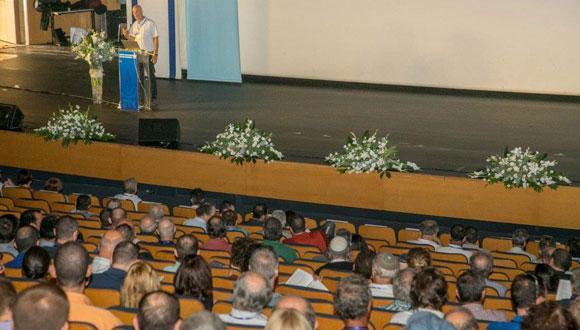Physics Colloquium: LHC accelerator: from design to operation and future
Frédérick Bordry, CERN
Abstract:
The Large Hadron Collider (LHC) is a 27 km circumference hadron collider, built at CERN to explore the energy frontier of particle physics. Approved in 1994 after 10 years of prototyping of the main accelerator components, it was commissioned and began operation for data taking in 2010. The design and construction of the LHC presented many design, engineering and logistical challenges which involved pushing a number of technologies well beyond their level at the time.
Since the start-up of the machine, there has been a very successful 3-year run with an impressive amount of data delivered to the LHC experiments at 7 and 8 TeV centre of mass energy.
After a Long Shutdown (LS1; 2 years), LHC physics resumed successfully in 2015 at new record energy 13 TeV. A full exploitation of the LHC including an upgrade of the accelerator and detectors (High Luminosity LHC) is defined for the next two decades. An intensive program of R&D was launched to achieve the High Luminosity challenges: superconducting high field magnets, superconducting RF compact cavities, collimators, superconducting lines, radiation hard power converters.
CERN is also initiating an exploratory study for a future long-term project post-LHC centred on a next-generation circular collider with a circumference of 80 to 100 kilometres (FCC: Future Circular Colliders).
This colloquium will recall the main LHC technical developments. Then the R&D program and the plans for the full exploitation of the LHC will be discussed and finally the FCC study will be presented.
Event Organizer: Prof. Yoram Dagan


